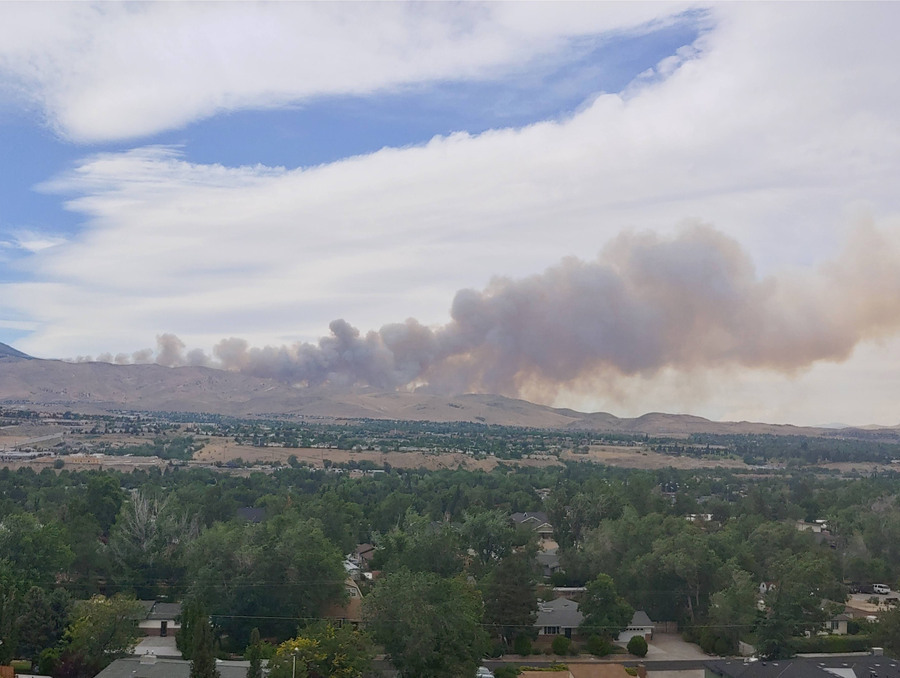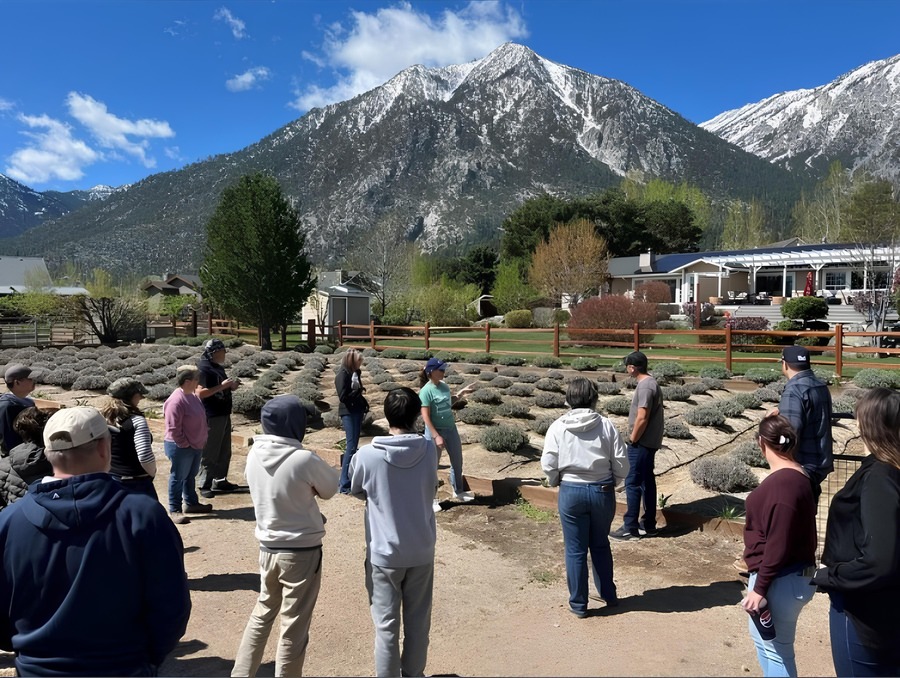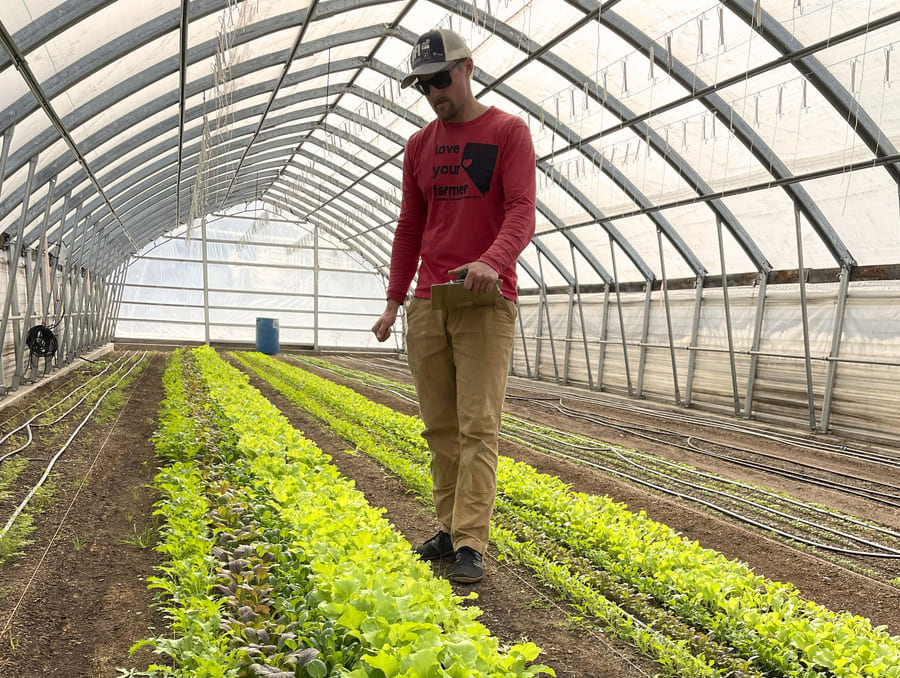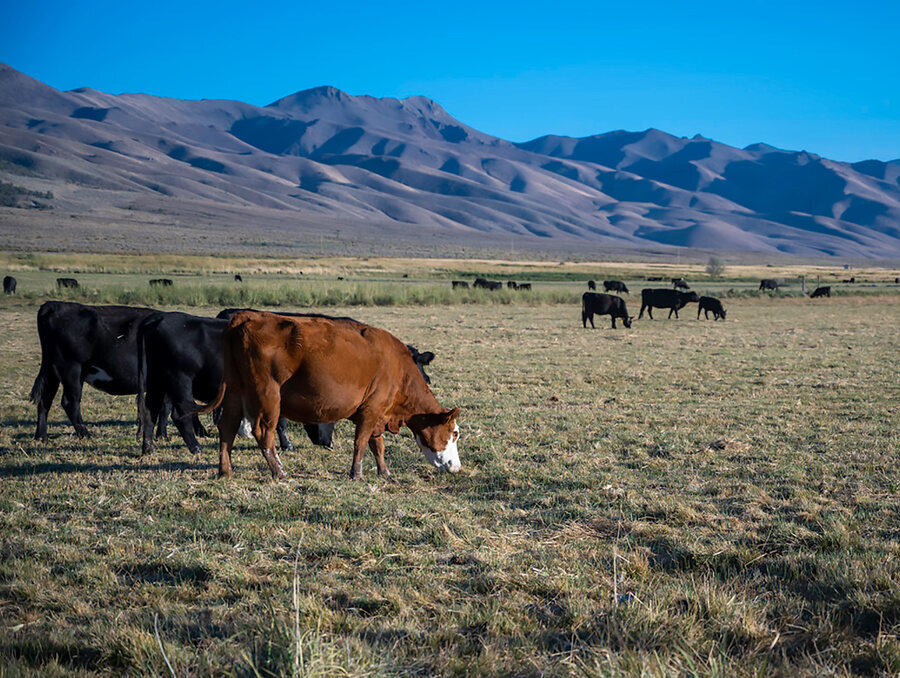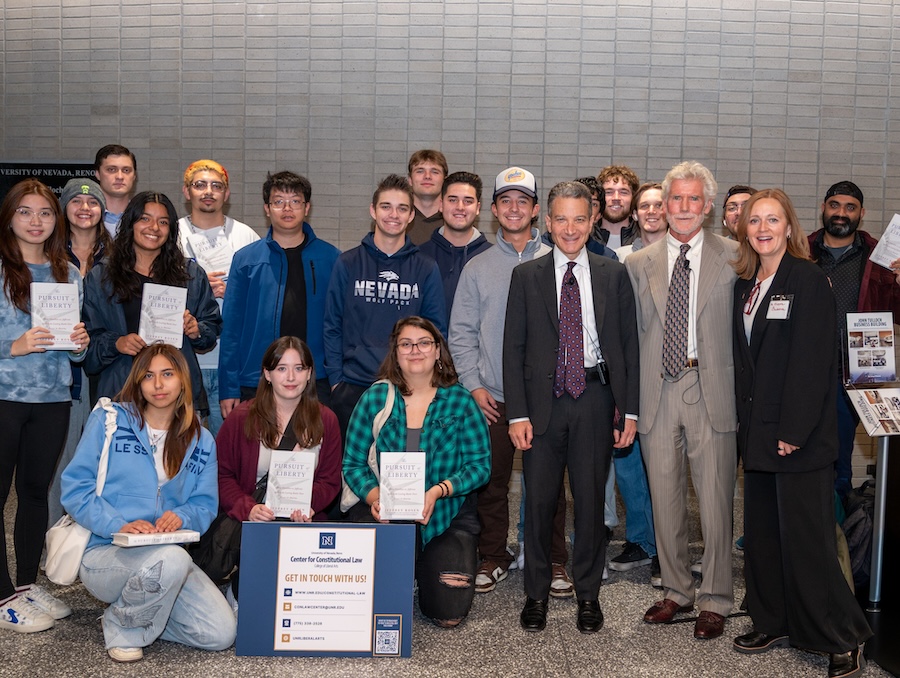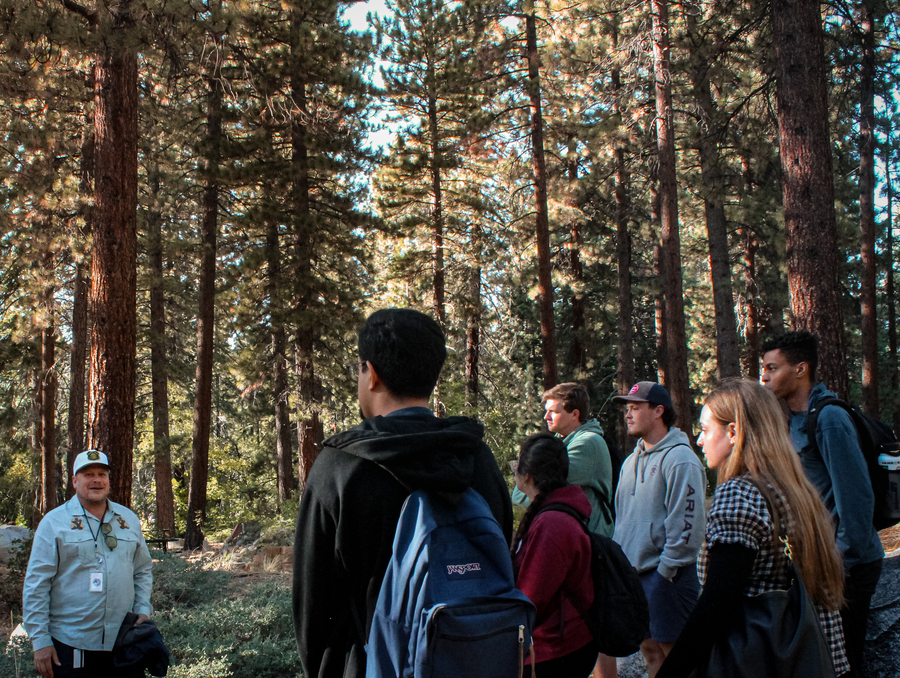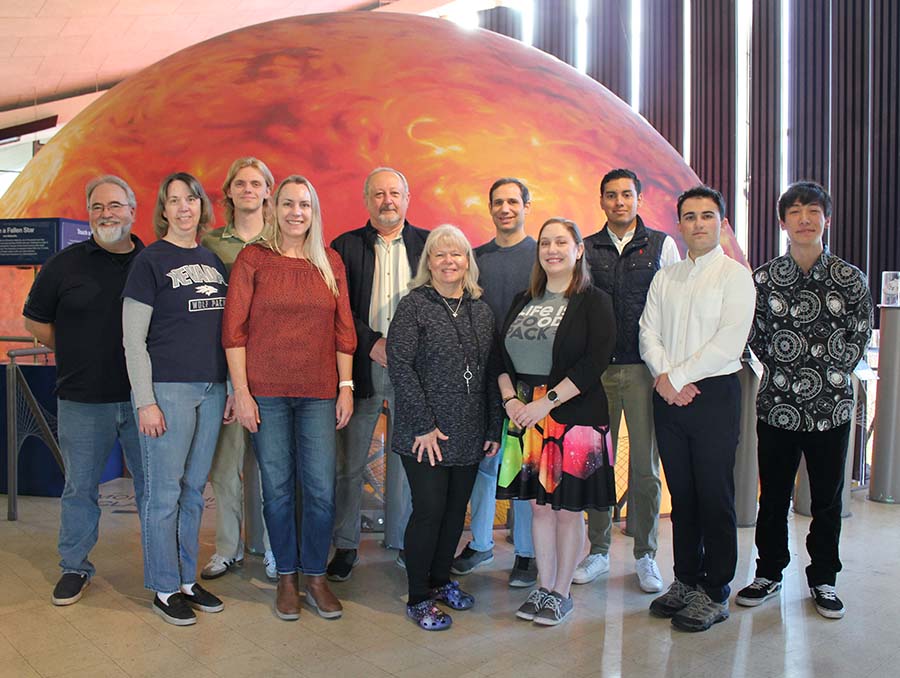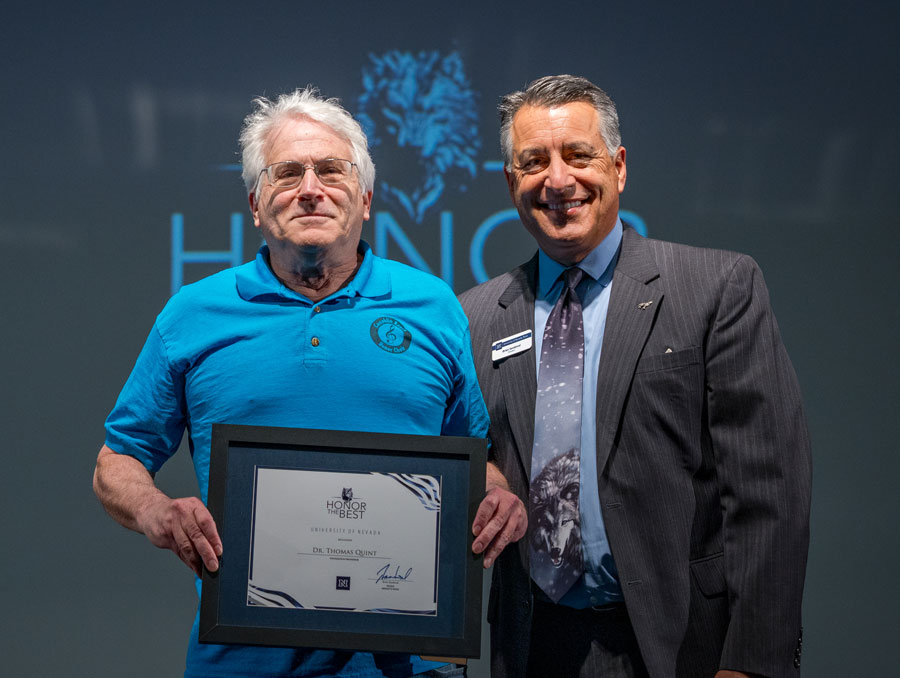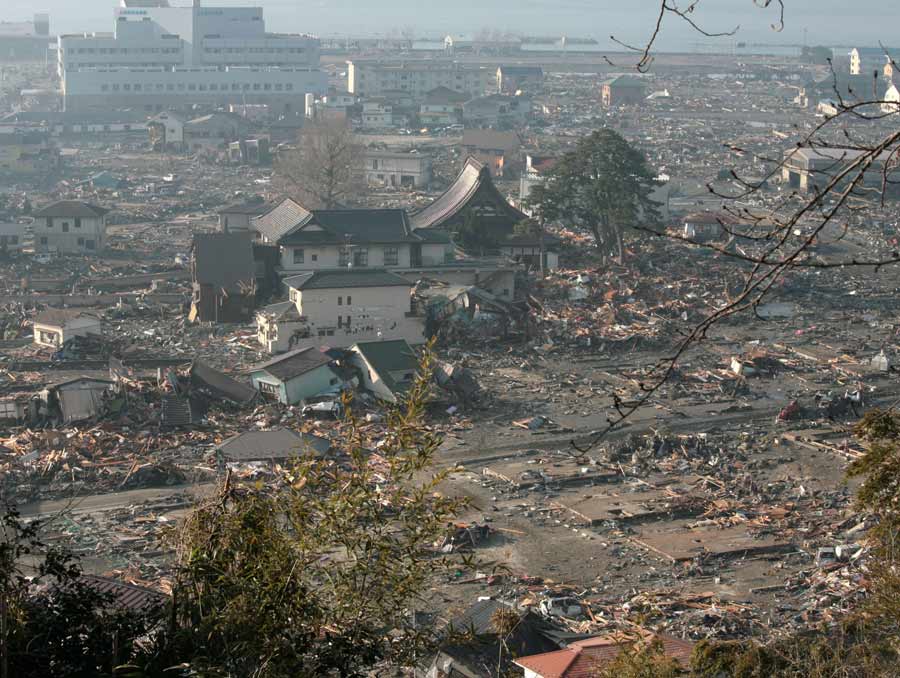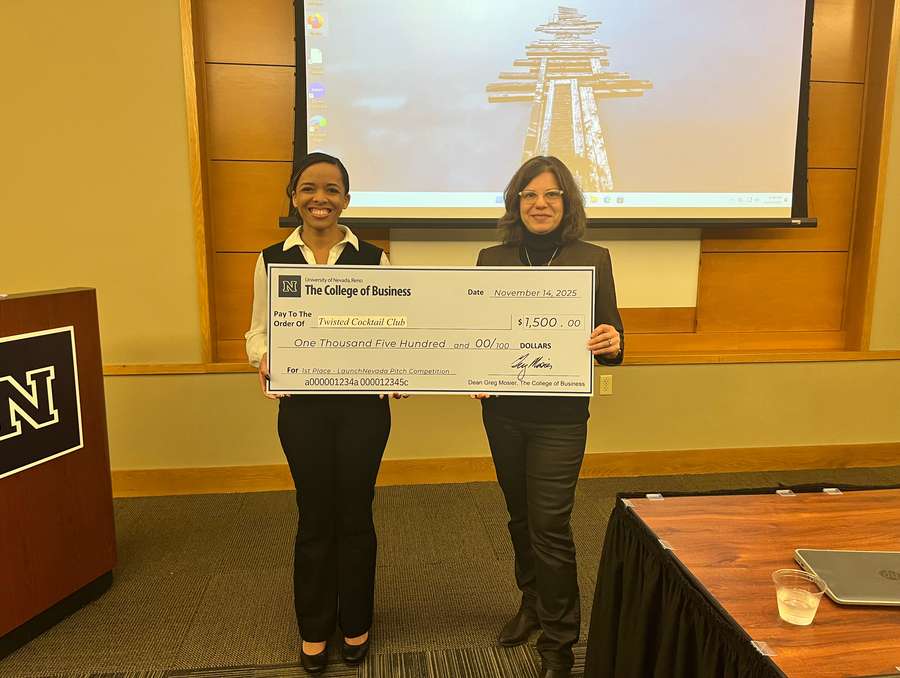Researchers at the University of Nevada, Reno and University of Washington Tacoma will collaborate to develop a new model that helps land and fire managers better predict and manage wildfires.
The Western U.S. sees thousands of wildfires each year, and climate change is causing these destructive events to become larger and more severe. In 2024 alone, Nevada fought more than 800 fires that burned over 103,000 acres, underscoring the need for enhanced tools to plan for the future.
In response, researchers from the University of Nevada, Reno and University of Washington Tacoma are teaming up to develop new tools that will help land managers better predict and prepare for fire activity in their communities.
Supported by a $1.5 million grant from the National Science Foundation, the research team, led by UW Tacoma Associate Professor Maureen Kennedy and University of Nevada, Reno Associate Professor Erin Hanan, will develop advanced models that simulate how different climates affect fuel accumulation and fire behavior.

Fire behavior has seen significant changes over the past century, Kennedy said, and one of the primary factors driving this shift is the accumulation of flammable materials in the environment, such as fallen leaves and dead wood. The differing timescales for how these materials accumulate across climates make it challenging to predict wildfire outcomes.
“Think of it like the old fable of the Tortoise and the Hare. Fuel accumulates slowly and steadily like the tortoise, and fire rapidly combusts it, like the hare,” Kennedy said. “When enough fuel builds up, the stage is set for a wildfire to spread. However, this back and forth between slow accumulation and rapid release varies across landscapes over time, and interacts with climate, creating complex and sometimes unexpected patterns in fire activity.”
The research team will study a range of climates across the Western United States to understand how fuel and fire patterns are changing and use that knowledge to improve predictive models.
“When it comes to predicting future wildfire hazard, fuels are particularly difficult to pin down,” said Hanan, a fire ecologist with Nevada’s College of Agriculture, Biotechnology & Natural Resources. “If we can improve our ability to model fuel accumulation and how it interacts with fire activity, we’ll be far more equipped to design adaptive fire management strategies.”
The models will be developed in collaboration with fire managers to provide them with new tools that support informed decision-making and real-world planning. Christina Restaino, an associate professor and head of the University of Nevada, Reno Extension’s Living With Fire Program, will lead efforts to co-develop the models.

“Models are most useful when they are co-produced with the end-users,” Restaino said. “Fire managers and applied scientists need evidence-based information to justify fire planning, resource allocation and policy decisions, and these models can provide that if they’re built collaboratively.”
The project will also provide training to graduate students and early-career scientists, enabling them to utilize the enhanced models and apply them to the study of fire ecology, climate science and land management needs.
“The wildfire problem will persist as long as we have wildland fuels available to burn,” Kennedy said. “It is vital that we develop the next generation of research professionals to continue to improve our tools that support sound land management.”
Funding for the project was awarded as part of NSF’s FIRE-MODEL initiative, which supports research, education and networking activities that improve understanding and response to wildfires.
This article was adapted from content published by the University of Washington Tacoma.
